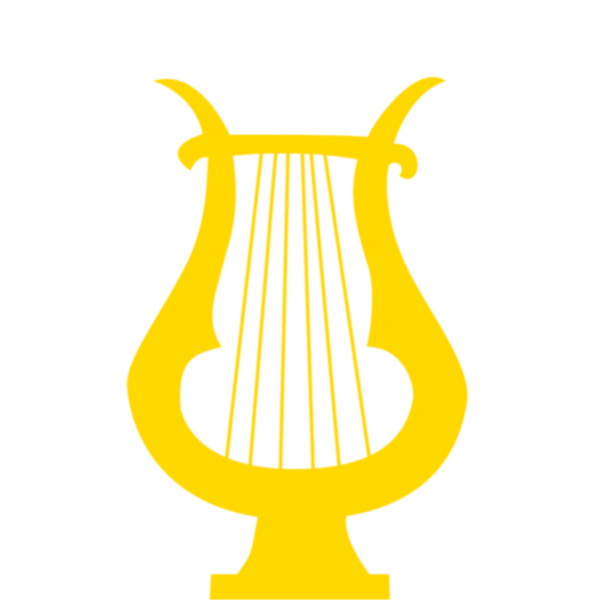Academy of Sacred Drama, Ltd
EIN 82-1758160
The Academy is a not-for-profit corporation in the State of New York and is federally recognized as a tax exempt public charity under IRC Section 501 (c) (3). Donations are tax deductible as specified by the law.
P.O. Box 95
Croton Falls, NY 10519
Contact
- contact@sacreddrama.org
- (702) 482-8353






